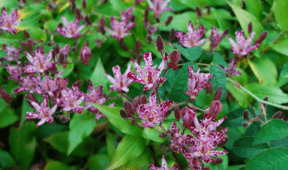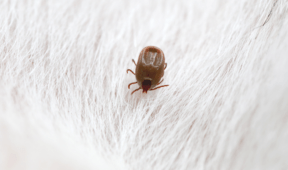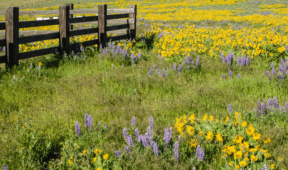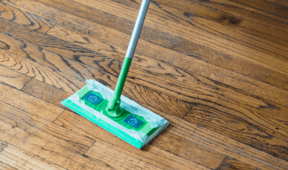Planting This Fruit Tree Is Against The Law In Some States
The Bradford pear tree may look beautiful in bloom, but it’s gained a reputation in many areas for being more trouble than it’s worth. In fact, several states have now banned its sale and planting altogether. Though once a popular choice for landscaping, especially in suburban neighborhoods, the issues surrounding this tree have grown hard to ignore. Here’s what you should know before putting one in your yard—or what to do if you already have one.
Why It Was So Popular in the First Place
Bradford pear trees were widely planted in the mid-to-late 1900s because of they’re fast-growing, have a tidy shape, and sport some stunning spring blossoms. Landscapers liked how quickly they filled in empty lots, and homeowners enjoyed their beautiful white blooms. At the time, few realized that the very traits that made them appealing would eventually become part of the problem.
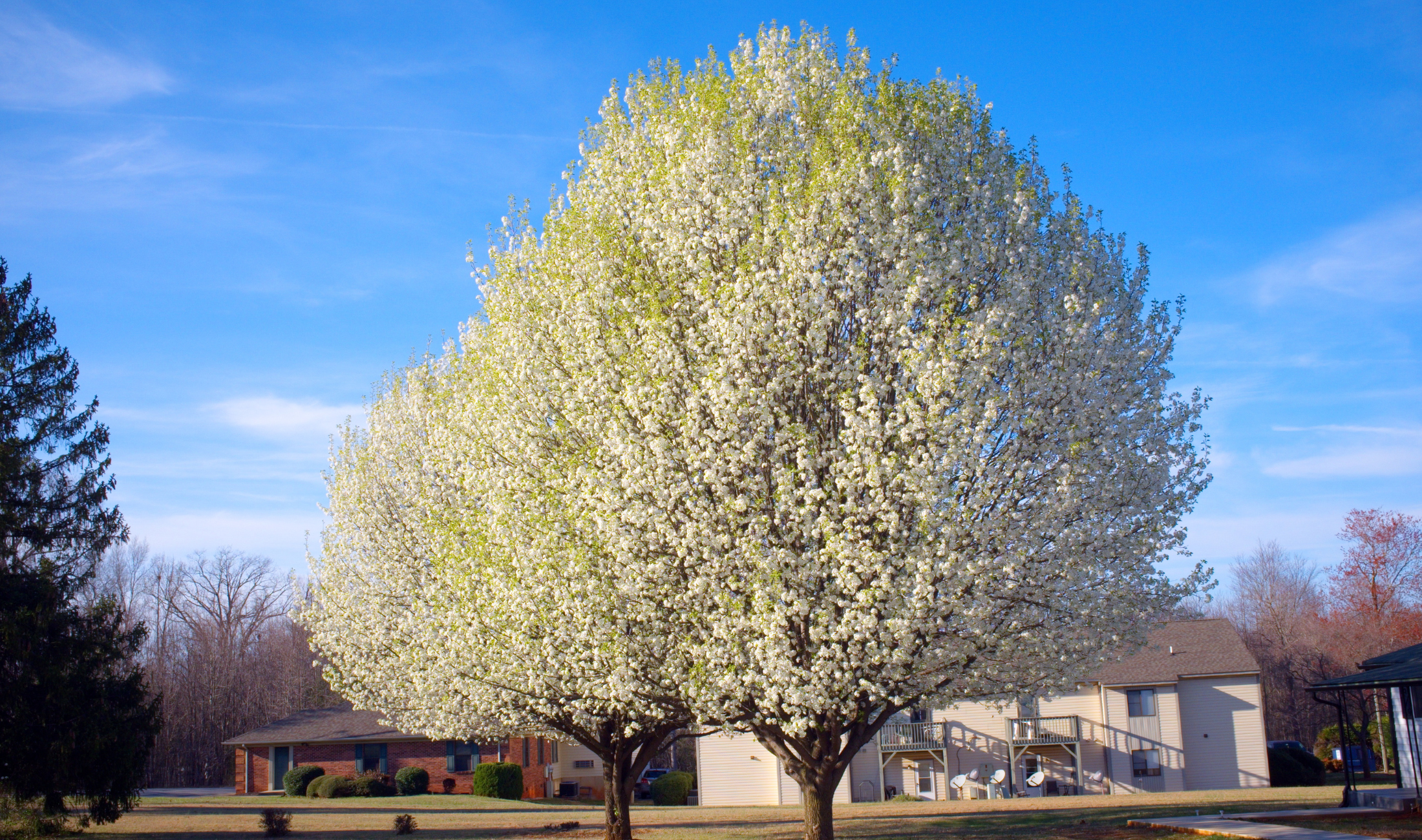
The Problems They Create
First, Bradford pears have weak branch structures that split easily in storms, and their shallow roots don’t hold well in strong winds. More concerning is how aggressively they spread, crossbreeding with wild pear species and creating thorny, invasive offspring that crowd out native plants. These trees soon became very hard to control and still often pop up in pastures, fields, and forests.
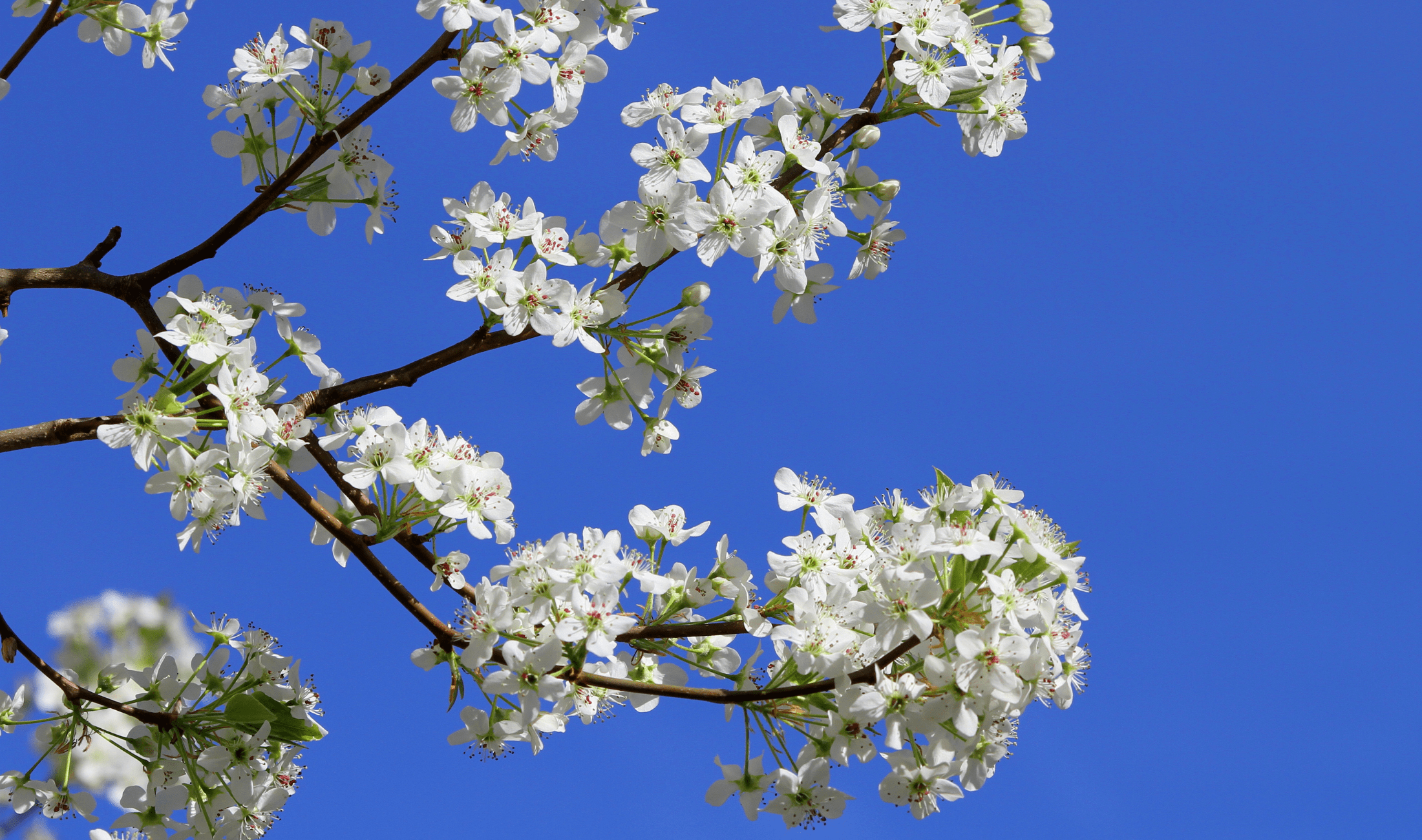
The Environmental Consequences Are Growing
As these invasive hybrids multiply, they outcompete native trees and reduce biodiversity. Not to mention that birds and wildlife don’t benefit from the Bradford pear in the way they do from native plants. Some areas have seen forests slowly overtaken by wild pear trees, which change the soil and push out important species. These effects have become serious enough for states to take legal action.
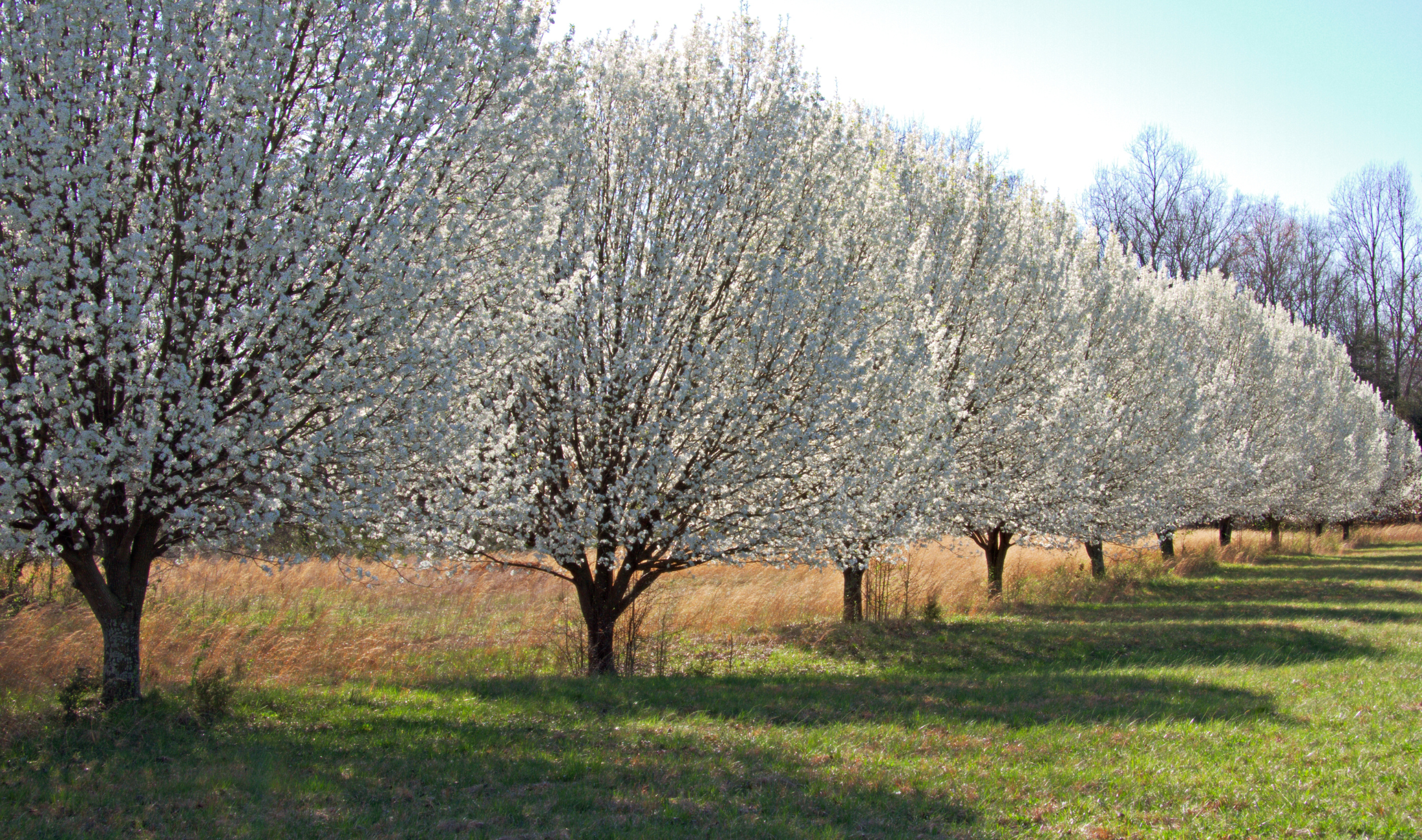
Where It’s Now Illegal to Plant One
Several states, including South Carolina, Ohio, and Pennsylvania, have passed laws or announced future bans on selling or planting Bradford pear trees. In some areas, residents can be fined for introducing new ones.
If you have a Bradford pear on your property, you don’t have to remove it immediately. However, many experts suggest cutting it down before it causes more problems. Look into local tree removal programs, some of which offer incentives for replacing invasive species with native trees. Choosing something better suited to your region can actually improve your soil, attract pollinators, and reduce long-term yard work.
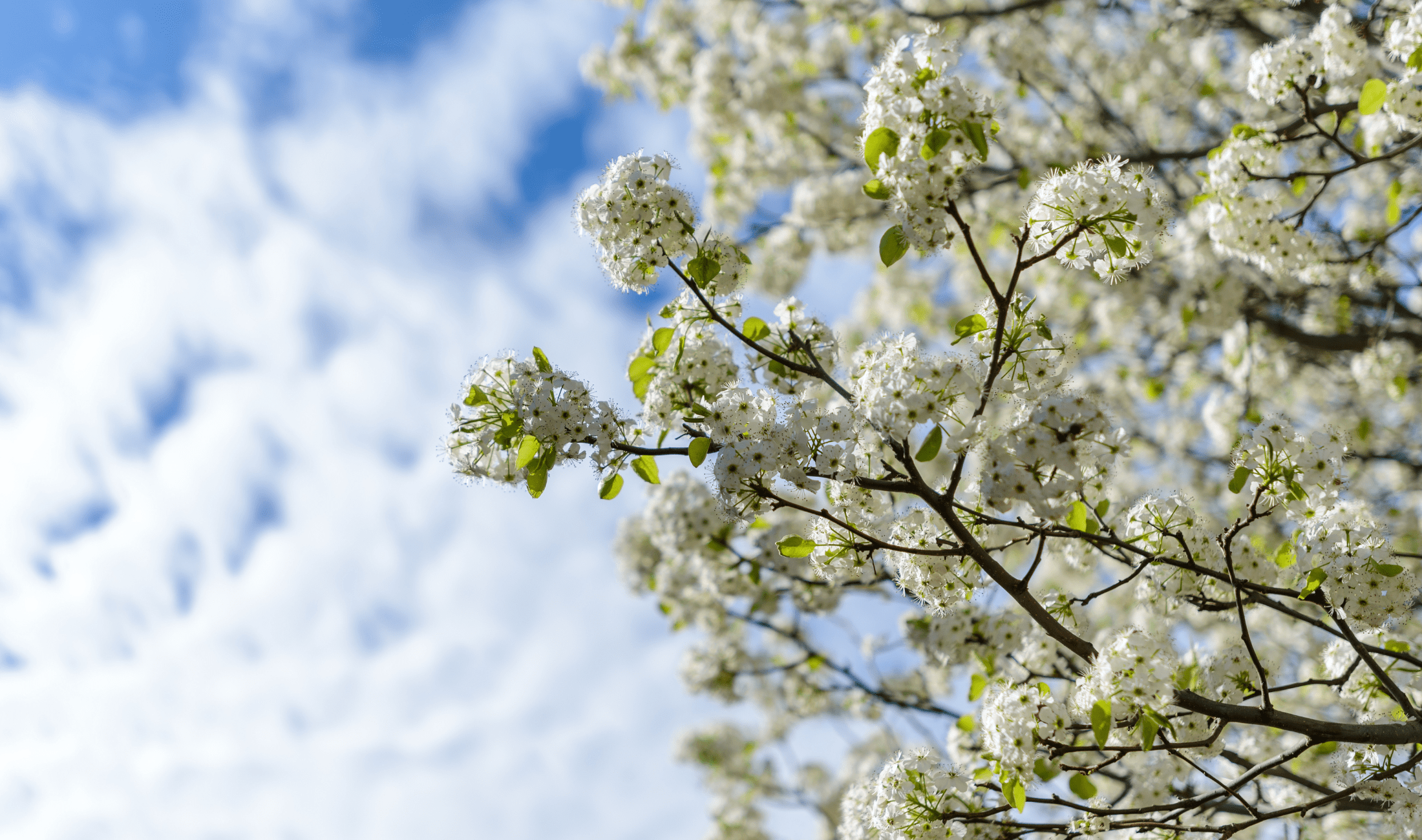
Smarter Choices for Your Yard
There are many native or non-invasive flowering trees that provide just as much beauty without the risks. Redbuds, serviceberries, and dogwoods are just a few options that offer strong structure, support for local wildlife, and seasonal color. Planting smarter means fewer problems for your home down the road and a healthier landscape overall!
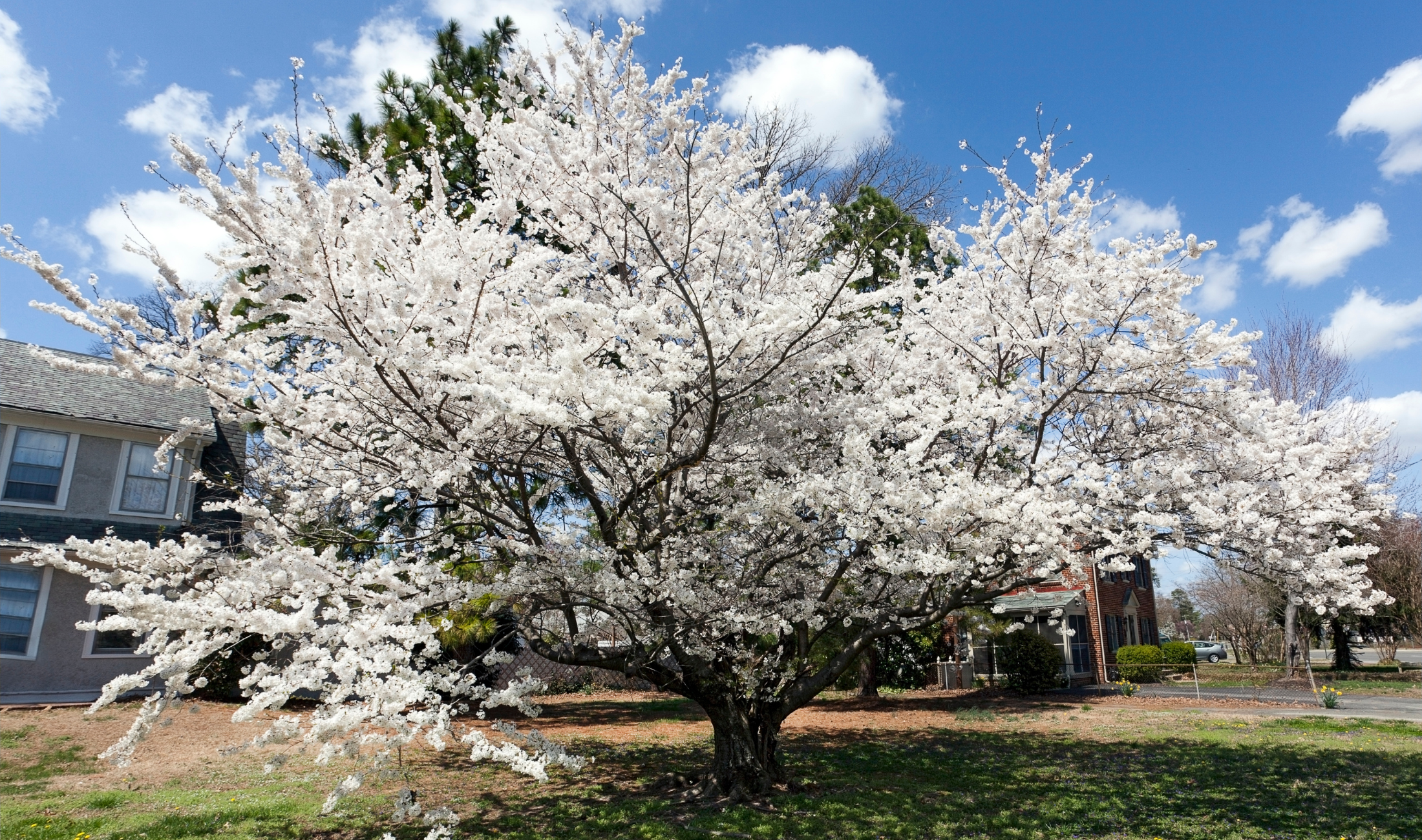
Related Articles
The Bradford pear may seem like a safe, attractive option, but it’s become clear over time that it causes more harm than good. If you live in a state where it’s banned, it’s for good reason. Even if it’s still allowed where you are, strongly consider swapping it for a better alternative. Supporting native trees is one of the easiest ways to protect your local environment and keep your yard in balance for years to come.

